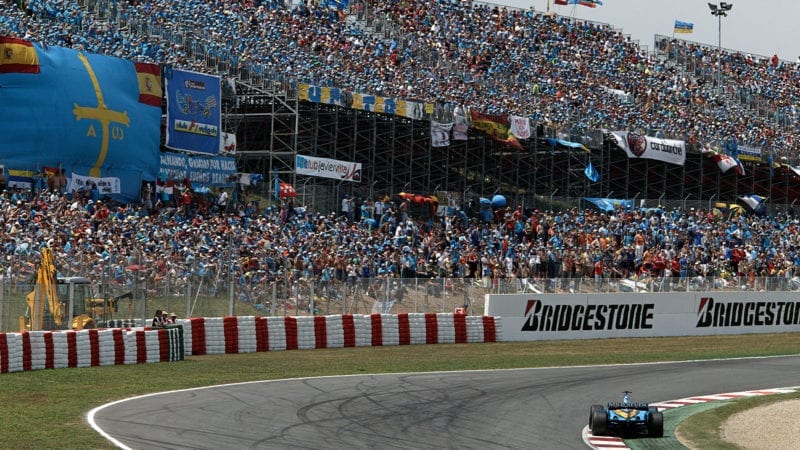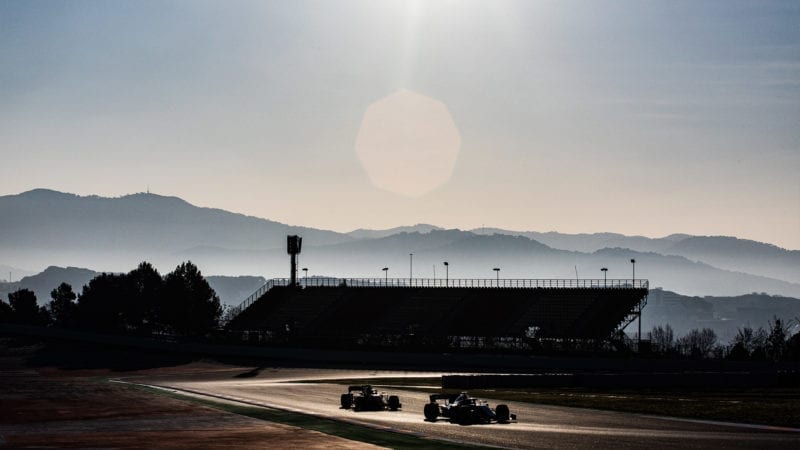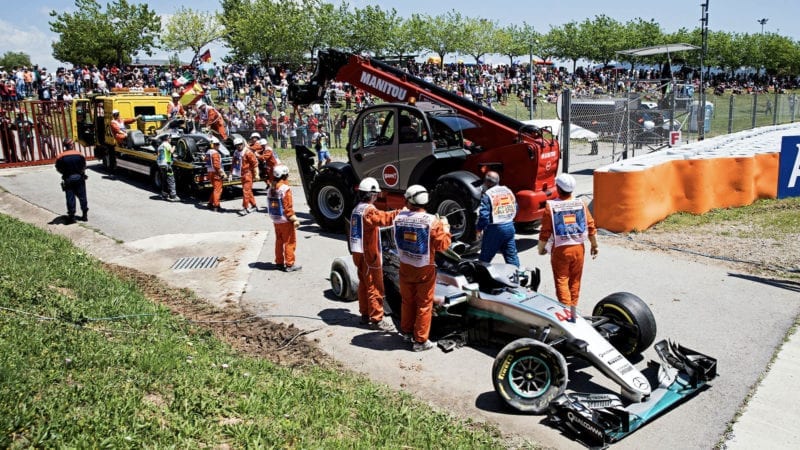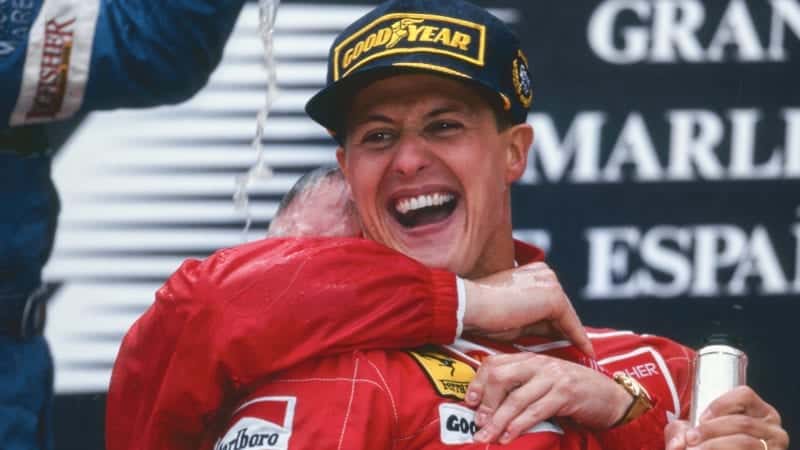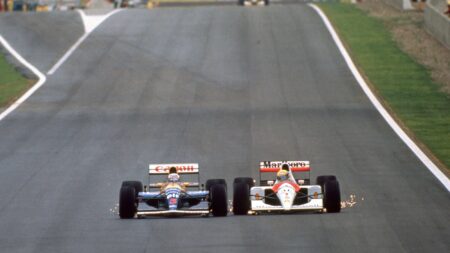From a personal point of view, I’ve always had a soft spot for the place. Either trackside or from public vantage points on grassy banks and grandstands, it’s a great place to watch F1 cars in action – and despite their familiarity with the circuit, it still induces plenty of driver errors, especially when there’s a bit of wind. I’d recommend it to any fans looking to attend an overseas grand prix (once you-know-what is resolved by a vaccine, of course). There are also plenty of lovely places to stay, whether in Barcelona itself or in the pleasant towns dotted along the coast on the other side of those hills. One year I booked myself into a guest house that appeared to be straight out of a Spaghetti Western and was so well hidden, the owner’s son had to ride out on a scooter to find me and lead me in. Lovely people, beautiful place.
The 2017 race weekend was one that offered up some particularly vivid and important memories. At the time, I was considering a life away from motor racing for a switch to what turned out to be an ill-starred (not to mention very short) career as a school teacher. I spent a glorious Friday watching the practice sessions trackside from just about every turn, including on the outside of the hard-braking first corner and around the seemingly never-ending Turn 3. Another Friday morning a few months later, as a I struggled to engage a bunch of dead-eyed Year 10s on the wonders of Romeo and Juliet, I thought back to those practice sessions and realised just what I’d given up… What had I been thinking?
The grand prix that year also happened to be a classic, as Sebastian Vettel duelled with eventual winner Lewis Hamilton in a race-long battle that left the pair of them grinning in shared respect at the press conference. That really doesn’t seem very long ago. How much would the shadow of the spirited man we currently know as Vettel give for a repeat performance this Sunday?
